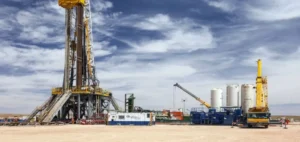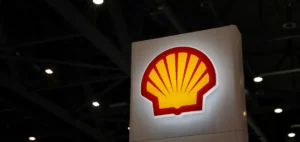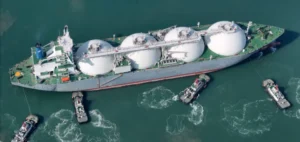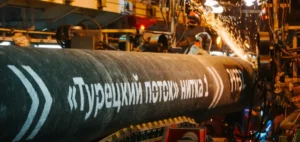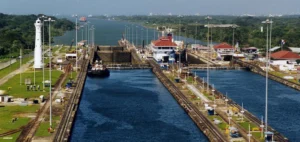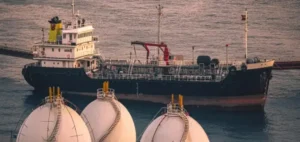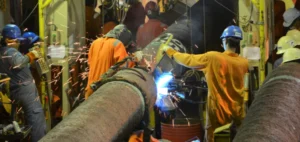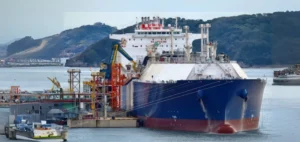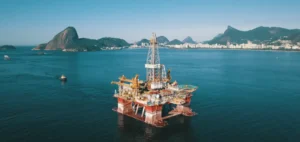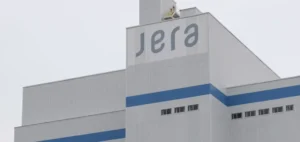Norwegian group BW Energy has announced the discovery of, for the first time, liquid hydrocarbons at the Kudu field located in deep offshore Namibia. The Kharas-1 well, drilled under licence PPL003, revealed the presence of condensates and light oil in fractured volcanic layers, shifting the project from a purely gas-based development to one with mixed output.
A project transformed by the presence of liquids
Until now, Kudu had been envisioned as a gas-to-power project intended to supply a thermal power plant with a capacity of 420 to 800 megawatts. The discovery of liquids now enables a mixed development approach, combining domestic electricity production with oil exports. This evolution could significantly improve the project’s profitability by diversifying revenue streams and attracting financiers more inclined to support a model that includes internationally tradable hydrocarbons.
A postponed investment decision
The Final Investment Decision, initially expected by 2025, has been postponed to the end of 2026. This delay reflects both the need to redesign the industrial concept around a Floating Production Unit (FPU) and a modular Combined Cycle Gas Turbine (CCGT) plant, and the Namibian government’s intention to reduce its financial exposure. BW Energy, holding 95% of the licence through its subsidiary BW Kudu, is seeking to structure a financing scheme primarily backed by private partners.
A strategic asset for Namibia
The Kudu field represents a major asset for Namibia’s energy security, as the country imports more than 60% of its electricity. The project could supply up to 60% of peak national demand and help stabilise flows in the Southern African Power Pool (SAPP). The national electricity regulator has been approached for a generation licence for 420 megawatts.
Geological constraints and regional competition
The volcanic reservoir where the liquids were discovered presents a heterogeneous structure, requiring tailored technical solutions to optimise recovery. Kudu’s development may face competition from neighbouring Graff and Venus projects, operated by major international companies already deploying significant resources in the Orange Basin. However, infrastructure sharing could offer synergies if development schedules align.
Expected impact on BW Energy’s portfolio
BW Energy, already active in Gabon and Brazil, sees Kudu as a diversification opportunity for its revenues, with a potential for mixed oil-gas production. The project could be a key lever in achieving the company’s target of 90,000 barrels of oil equivalent per day by 2028. Nevertheless, the company must balance capital allocation between Kudu and other large-scale projects such as Maromba in Brazil, which also requires substantial investment.
Financing and regulatory outlook
Namibia is currently not subject to international energy-related sanctions, but financial institutions involved in the project will require strict compliance guarantees. The use of US dollar financing and potential participation of multilateral banks will necessitate increased scrutiny over contractual arrangements and the project’s commercial partners.








